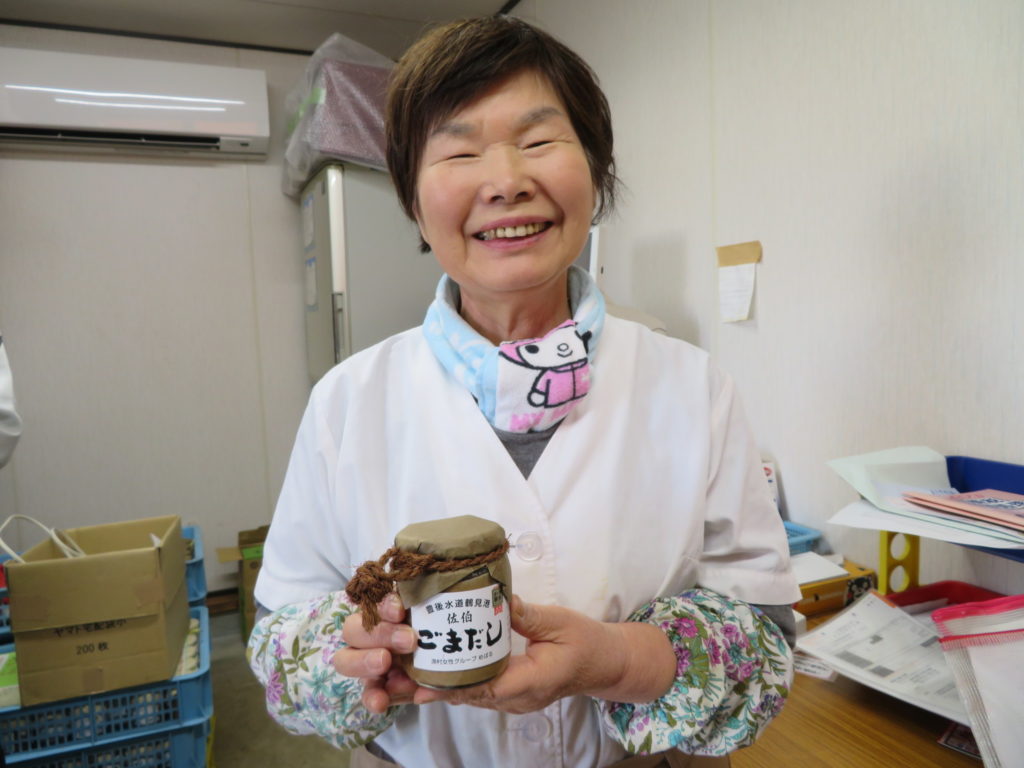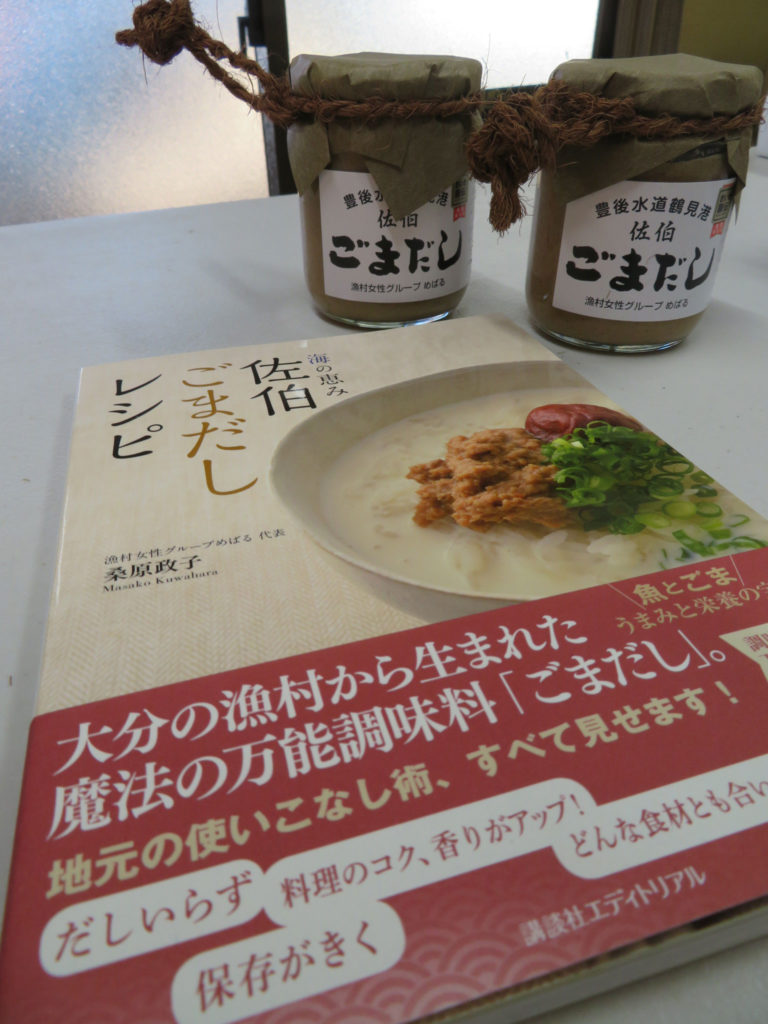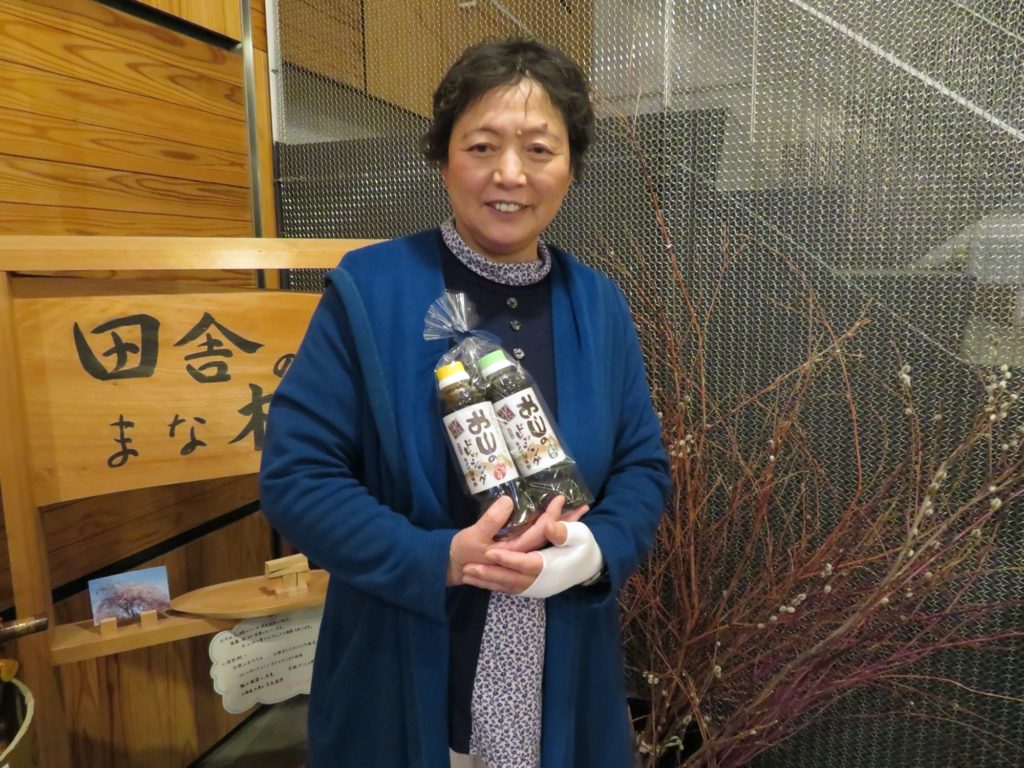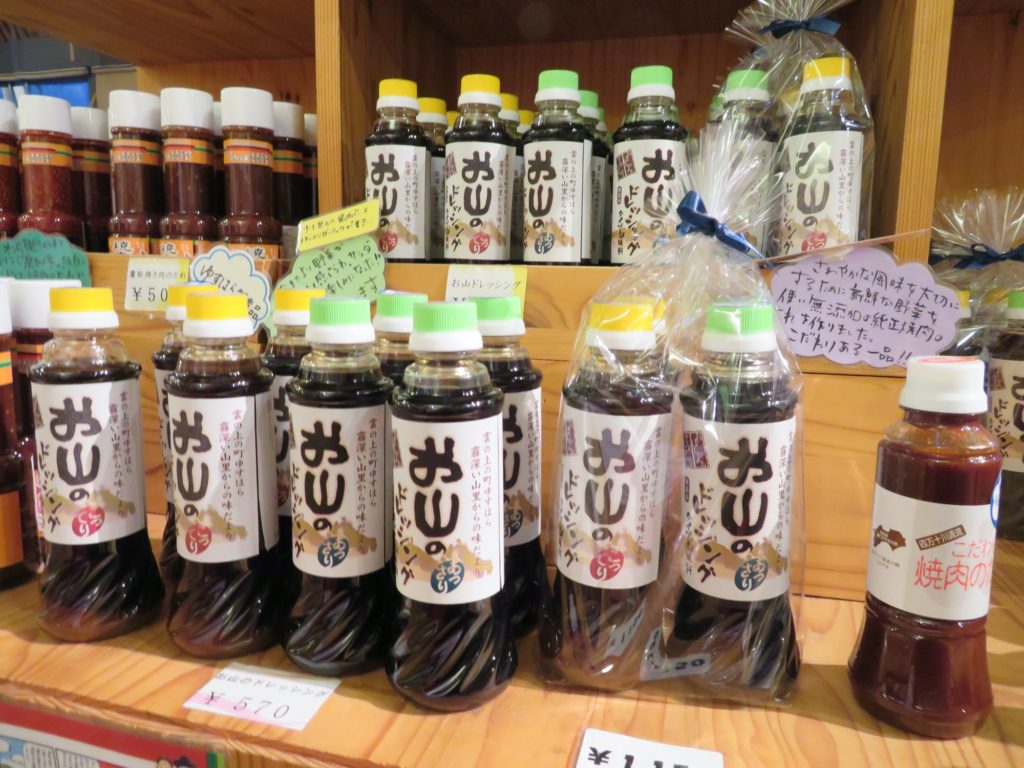Entrepreneurs On The Rise
Second Career Women in Regional Japan
Sustainability and female empowerment fields are getting more and more interest from the public lately. Today, Savvy Tokyo explores with you how groups of women all over Japan are getting the best of both worlds.
Entrepreneurs come in all shapes and sizes, as diverse as the businesses they engage in. Often overlooked are the quiet achievers whose lifetime of experience contributes to their ability to become entrepreneurs at a later stage in life and create appealing goods or services. Today, we introduce to you two groups of women in countryside Japan who work together to produce and market artisanal condiments using local ingredients.
Goma Dashi from Saiki

In 2004, a group of empty nest housewives in the town of Saiki in Oita Prefecture was looking for a project they could do together. They weren’t necessarily looking for a money-making enterprise but rather approached the endeavor more like a social activity—something they could do as a group.
They considered various possibilities and ultimately decided they would make and sell Goma Dashi. Little did they imagine the success they now enjoy.
Using Local Traditions
Goma Dashi is a flavor paste made of minced fish, ground sesame seeds and various seasonings. Saiki city is a fishing port and apparently sesame seeds were once commonly grown in everyone’s kitchen gardens.
With these two ingredients so readily available, it seems every household in Saiki has their own special recipe for goma dashi (a bit like ketchup in the United States before Henry John Heinz started bottling his version and selling it as convenience food in the late 19th century). A popular home-made fast food in Saiki has long been a bowl of udon noodles in hot water seasoned by a dollop of goma dashi which turns the hot water into a flavorsome soup.
But Goma Dashi is more versatile than a mere flavoring for soup: it also goes well on tofu or fried rice balls, on steamed vegetables, or even in pizza sauce!
“It can be used in any western dish calling for anchovy paste,” says Masako Kuwahara, the group’s representative. Kuwahara-san’s daughter, a Fukuoka-based chef, lent her expertise to the project by developing a cookbook of recipes using Goma Dashi to help expand its appeal.

…to create a local product
The four women in the group work for a few hours four days a week to produce three different fish varieties of Goma Dashi: horse mackerel (aji), sea bream (tai), and lizardfish (eso). The latter is a fish commonly caught in the waters around Saiki, but its boniness makes it unpopular to eat.
The women roast the fish, remove the bones and then grind the meat to mince before adding ground sesame seeds and selected seasonings. There are no preservatives or artificial additives, features that contribute to its popularity. At the same time, Goma Dashi can be kept without refrigeration for around 150 days.
even though Goma Dashi is a very local product, it has developed a nation-wide following
A success story
Even though Goma Dashi is a very local product, it has developed a nation-wide following, thanks especially to being featured on a couple of lifestyle television programs in Japan. It is now sold at Akomeya, a food and crafts specialty shop in Tokyo’s Ginza district, as well as online via Rakuten.
For several years the group has been producing around 30,000 jars of Goma Dashi annually, but in 2019 they had to boost their production to 50,000 jars due to the increased demand that resulted from their television exposure.
According to Mrs. Kuwahara, the group is not making a lot of money (a single jar retails for between ¥1,000 and ¥1,300)—“it’s enough to pay our pension contributions”—, but they enjoy working together and have been amazed by the success and popularity of their creation.
Oyama Dressing from Yusuhara

From JA to local business
For a group of female agriculturalists in the Kochi Prefecture town of Yusuhara, it was their membership in the women’s group of the local chapter of JA—the national agricultural cooperative—that initially brought them together.
Their story started nearly 20 years ago when the group was asked to prepare a dipping sauce for grilled meat being sold at an annual food fair held in Yusuhara. The sauce was so popular that they were asked to make some for sale at the local market as well!
they use locally-grown ingredients as much as possible, including carrot, onion, and ginger […]
But for these budding entrepreneurs, just making two varieties of dipping sauce wasn’t quite enough. According to Tomoko Ueta, one member of the group, about 15 years ago they expanded their efforts to also make a soy sauce-based dressing.
Getting local, local, local!
They were particularly interested in creating to create a condiment for “nasu no tataki” (seared eggplant), a popular local dish using locally grown mini-eggplants. They came up with two varieties of dressing (light and strong) that are also good on salads and as a tasty seasoning for carpaccio, tofu, and roasted or grilled vegetables.
To their surprise, their dressings, which they decided to call “Oyama Dressing” have proven to be particularly popular. They use locally-grown ingredients as much as possible, including carrot, onion, and ginger; one variety also includes sesame seeds. But the key local ingredient is definitely garlic, a distinctive variety without which they wouldn’t get the exact flavor they want.

Keeping it real
The women, who are also full-time farmers, get together once or twice a month to brew up a batch of dressing, making about 600 bottles in a day. They produce and sell about 10,000 bottles a year. Because they are all busy with their farms and other endeavors, they have deliberately limited their output and kept sales local, selling the dressing for less than ¥600 per bottle.
The group is particularly busy in September and October, the harvesting season for the local garlic. According to Ueta-san, the garlic needs to be processed immediately upon harvest, even if it’s going to be stored for use later.
Fun over Profit
Oyama Dressing is only sold at local markets and boutiques in the Yusuhara area, yet it sells well! Ueta-san says the group’s members participate as much for the fun of it as for any other reason. The business does generate a profit for them, which they save up until they have enough to treat themselves to an overseas holiday together, and then off they go.
[…] they save up until they have enough to treat themselves to an overseas holiday together
In both of these examples, small groups of women are leveraging local ingredients and their many years of experience with home cooking to produce popular condiments and generate a profit.
Their choice to remain small businesses in spite of popularity that indicates room to expand suggests that these women are in it as much for the fun and camaraderie as for any financial gain. In any event, both groups have certainly shown they have what it takes to succeed as entrepreneurs.
















Leave a Reply